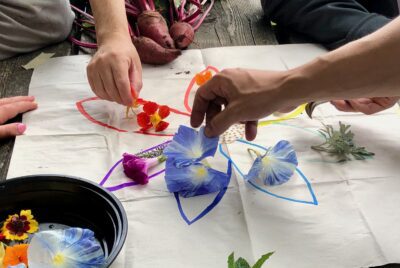RESEARCH
Offenders, Work, and Rehabilitation: Horticultural Therapy as a Social Cognitive Career Theory Intervention for Offenders
Summary
The article discusses how horticultural therapy (HT) can be a valuable tool for the rehabilitation of offenders, who are people in the prison system. It explains that many offenders need better training and support to successfully reintegrate into society after their release. Vocational psychology, especially the Social Cognitive Career Theory (SCCT), helps understand the work-related challenges offenders face. This theory considers how personal factors, their surroundings, and their past experiences affect their career paths. The author suggests that typical job training programs in prisons often miss the mark by not dealing with mental health and criminal mindsets. Horticultural therapy, which uses plants and gardening activities guided by a trained professional, can address these gaps by teaching work skills and encouraging positive changes in attitudes and behaviors.
The article points out that horticultural therapy helps offenders at different stages of the SCCT model. By engaging in gardening, offenders can develop a stronger belief in themselves (self-efficacy) as they learn new skills and see their efforts lead to tangible results, like growing plants. This hands-on experience can also instill hope and a sense of accomplishment, which are often rare in prison. For instance, an offender in the San Francisco County Jail noted that if they could care for plants, they could also care for themselves. While the article mentions that interventions based on SCCT have greatly improved recidivism rates, and that a study by Fitzgerald et al. (2012) demonstrated improvements in career search self-efficacy, problem-solving abilities, and hopefulness through brief group career counseling, it does not provide specific statistics on the recidivism rates directly linked to horticultural therapy programs. However, it highlights that stable employment, which HT aims to improve, is a strong predictor of success after release, even though 60% of offenders are unemployed a year after release.







